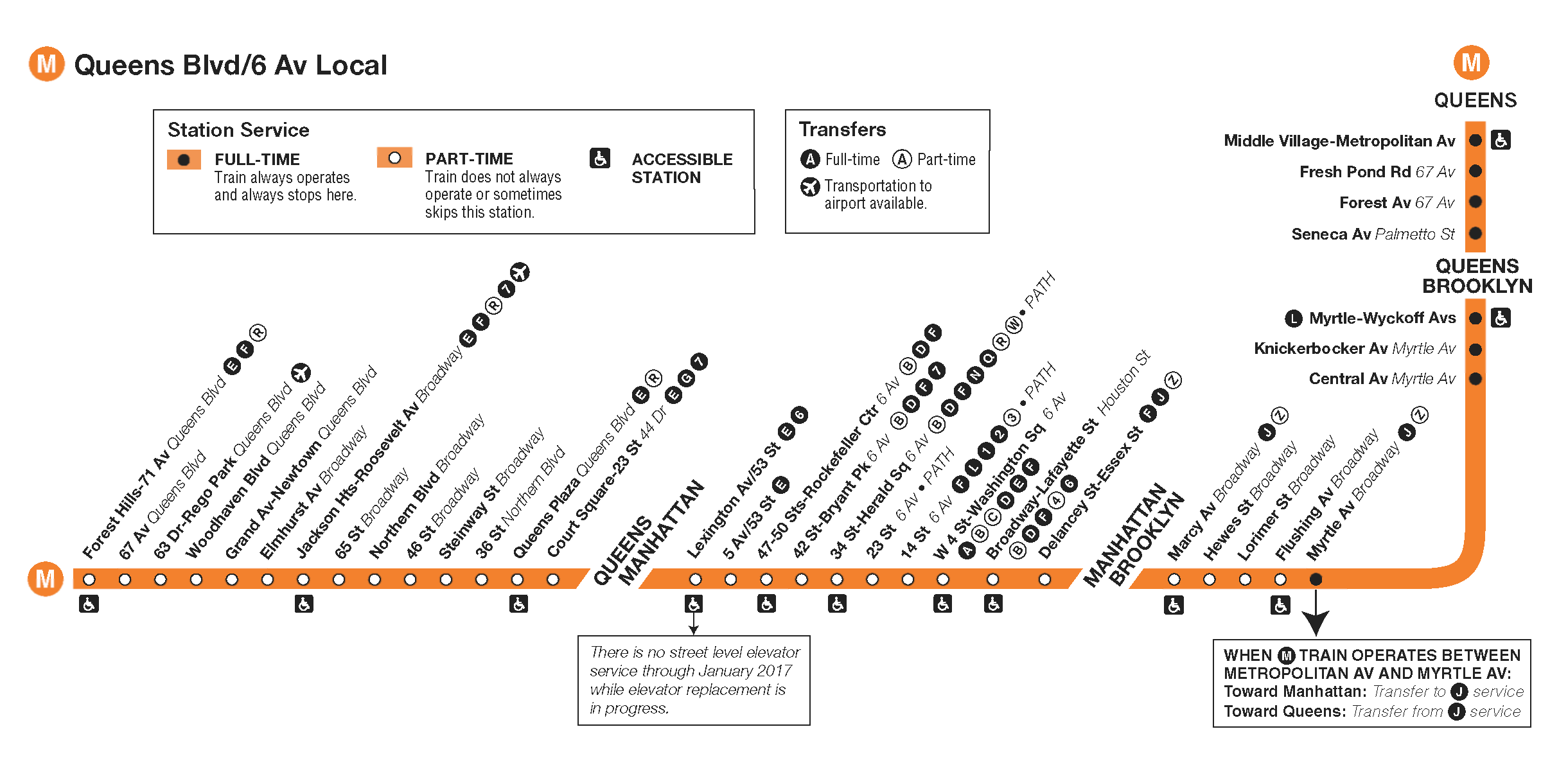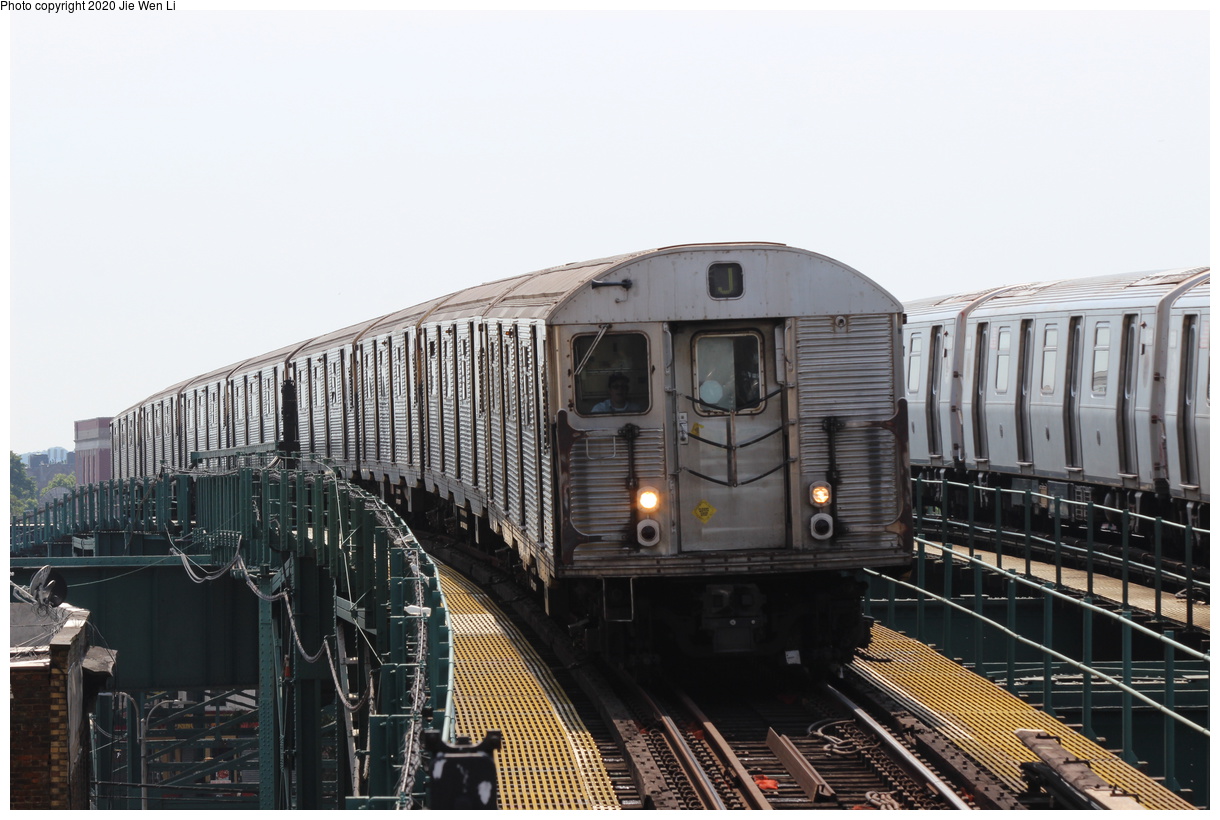

Turn on javascript (or click through from RSS) to view all subway lines. In general, wait times are shortest during morning and evening rush hours, though keep in mind that the data doesn’t know about cases where trains might be too crowded to board, forcing you to wait for the next train.Ĭhoose your line below, and you can see how long you should expect to wait for a train by time of day, based on weekday performance from January to May 2018. The above graph is restricted to weekdays between 7:00 AM and 8:00 PM, but wait times vary from hour to hour. For example, if you’re traveling from Union Square to Grand Central, the 4, 5, and 6 lines will all get you there, so your effective wait time would be shorter than if you had to rely on one specific line.) How long will you have to wait for your train? Note also that in some cases, different lines can serve as substitutes. See the appendix for a more mathematical treatment on converting between time between trains and expected wait time. (Note that expected wait time is different from time between trains. I’ll have a bit more to say on that in a moment… Systemwide CBTC is the cornerstone of the recently announced ambitious plan to fix the subways. The 7 train, the second most reliable according to my data, is currently running “partial” CBTC, and is slated for full CBTC in 2018. The L train is also the only line that uses modern communications-based train control (CBTC), which allows trains to operate in a more automated fashion.

The top four trains with the shortest waits-the L, 7, 1, and 6-are the only trains that run on dedicated tracks, which presumably helps avoid delays due to trains from other lines merging in and out on different schedules. The chart below shows how long you should expect to wait for each train line, assuming you arrive on the platform at a random time on a weekday between 7:00 AM and 8:00 PM. Which NYC subway lines have the longest wait times? Over the past 5 months, I’ve collected and processed some 24 million stops’ worth of this data to try to make sense of New York’s vast and troubled subway system. Although there’s no official record of when trains actually stopped at each station, the countdown clock data can be used to approximate. “We appreciate our customers’ patience as we make the upgrades necessary to improve the reliability and speed of service.If you’ve been on a New York City subway platform since January 2018, you should have noticed a countdown clock that displayed an estimate of when the next train would arrive. “Track replacement work in this area of Queens will bring us closer to our goal – delivering New Yorkers the modern subway system that they deserve,” said MTA Chair and CEO Janno Lieber. The agency says the new replacement plan will cover twice the distance in the same span of time. The MTA said the last step of the project includes replacing approximately 2.4 miles of tracks on both the J and Z lines.Įarlier in 2020, the MTA completed the first part of the project by replacing 6,300 feet of track on the E line over a 10-week span. In addition, J and Z line skip-stop service, in which J trains skip some stops and Z trains skip others, will be halted, and Z trains will operate as J trains and make all stops between 121 St and Myrtle Av.

There will be no J or Z line service from Sutphin Blvd-Archer Av-JFK Airport and Jamaica Center-Parsons/Archer. Service on the J and Z lines will be shut down completely in part of Queens starting July 1 as workers start the final phase of a track replacement project, the MTA said Friday.Īccording to the MTA, J trains will operate only between 121 Street in Queens and Broad Street in Manhattan.


 0 kommentar(er)
0 kommentar(er)
